Why does −NH2 group directs the incoming group at the ortho and para positions of the ring?
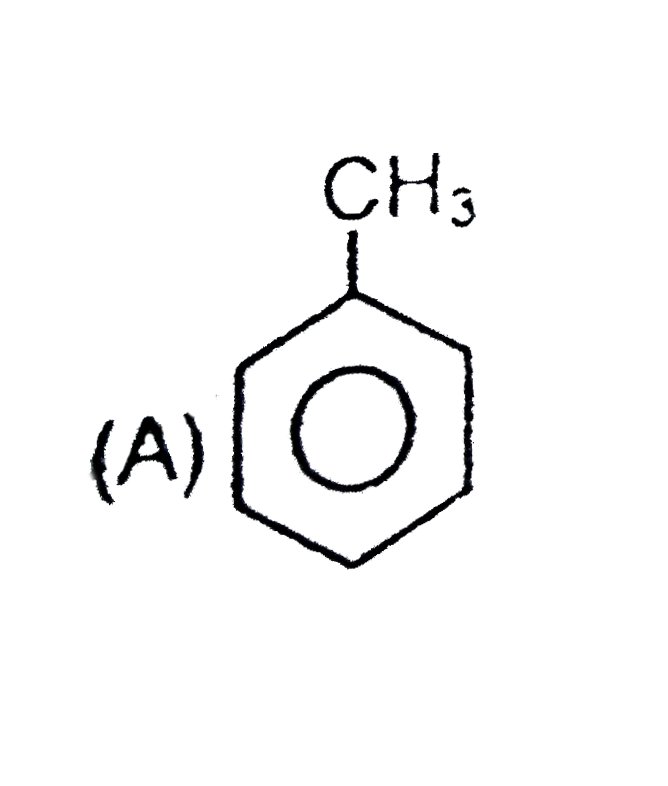
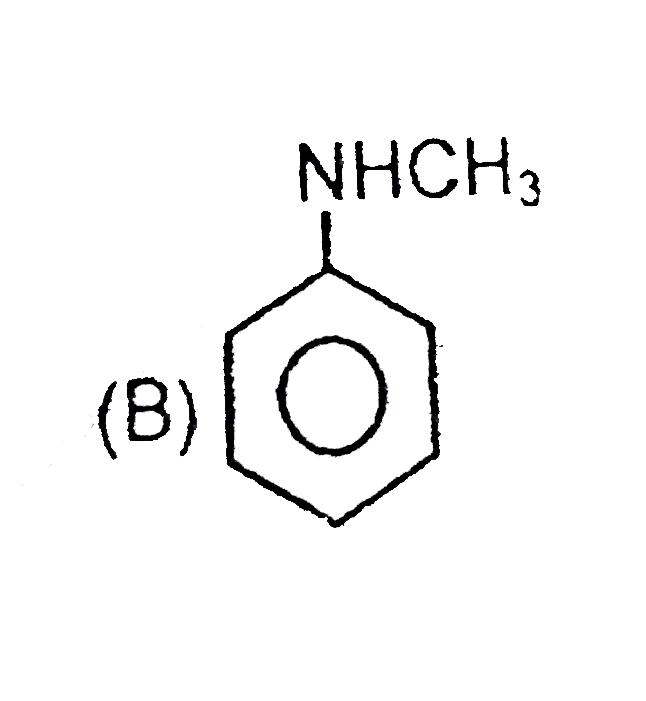
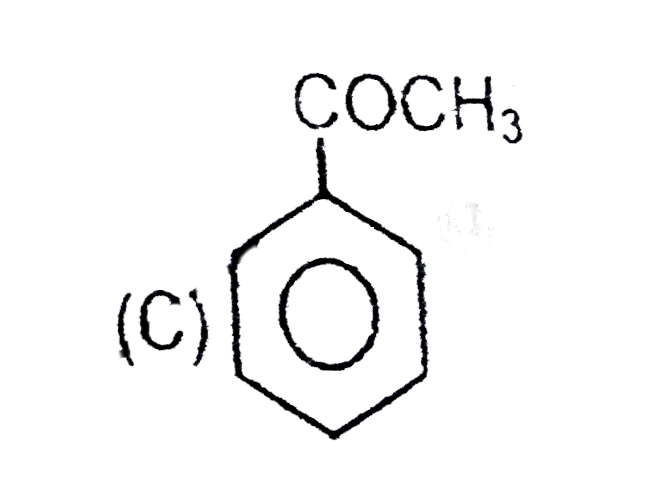
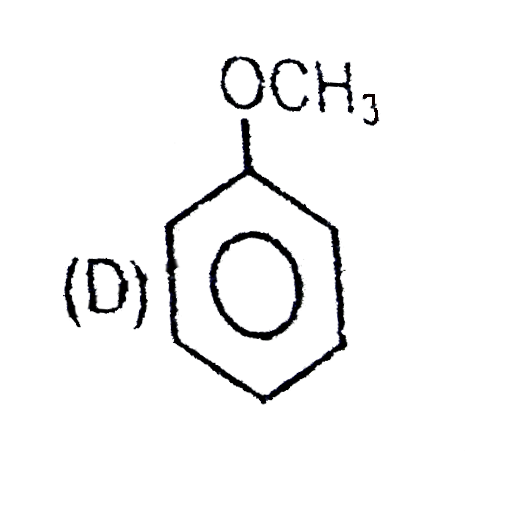
The correct Answer is:A, B, D
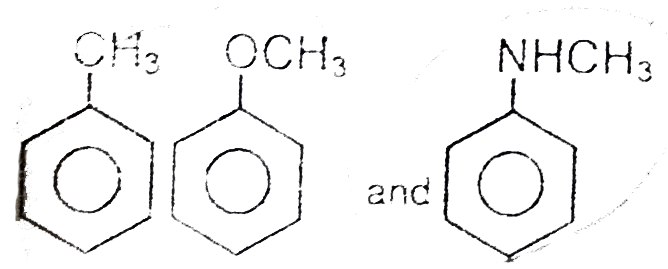 have more +m effect
have more +m effect
than 
Topper's Solved these Questions
- BOOK - RESONANCE ENGLISHCHAPTER - TEST PAPERSEXERCISE - PHYSICS784videos
TEST PAPERS
- BOOK - RESONANCE ENGLISHCHAPTER - TEST PAPERSEXERCISE - PART - II PHYSICS SEC - 220videos
TEST PAPERS
- BOOK - RESONANCE ENGLISHCHAPTER - SIMPLE HARMONIC MOTION EXERCISE - Advanced Level Problems13videos
SIMPLE HARMONIC MOTION
- BOOK - RESONANCE ENGLISHCHAPTER - TEST SERIESEXERCISE - PHYSICS130videos
TEST SERIES
Similar Questions
Why does a m-directing group direct the incoming group towards the m-position ?
View SolutionExplain the fact that in aryl ethers, (i) the alkoxy group activates the benzene ring towards electrophilic substitution and (ii) it directs the incoming substituents to ortho and para positions in benzene ring.
View SolutionThe −NO2 group in an aromatic ring deactivates the ortho and para positions for an electrophilic attack. When −NO2 group is present at ortho or para positions of a leaving group (Nucleofuge) it activates the ring for nucleophilic attack. The reduction of −NO2 group by metal in acid causes its reduction to −NH2 group and then the ring becomes strongly activated for a electrophilic attack. The strong activation of −NH2 group is moderated by its acylation with CH3COCl to −NHAc group. Deacylation is carried out by hydrolysis with H3O+ or OH−. The ring alkylation by using RX/AlX3 is not possible in presence of −NO2 or −NH2 group but is possible in presence of −NHAc group.

The product (I) is :View SolutionThe −NO2 group in an aromatic ring deactivates the ortho and para positions for an electrophilic attack. When −NO2 group is present at ortho or para positions of a leaving group (Nucleofuge) it activates the ring for nucleophilic attack. The reduction of −NO2 group by metal in acid causes its reduction to −NH2 group and then the ring becomes strongly activated for a electrophilic attack. The strong activation of −NH2 group is moderated by its acylation with CH3COCl to −NHAc group. Deacylation is carried out by hydrolysis with H3O+ or OH−. The ring alkylation by using RX/AlX3 is not possible in presence of −NO2 or −NH2 group but is possible in presence of −NHAc group.

The product (G) is :View SolutionThe −NO2 group in an aromatic ring deactivates the ortho and para positions for an electrophilic attack. When −NO2 group is present at ortho or para positions of a leaving group (Nucleofuge) it activates the ring for nucleophilic attack. The reduction of −NO2 group by metal in acid causes its reduction to −NH2 group and then the ring becomes strongly activated for a electrophilic attack. The strong activation of −NH2 group is moderated by its acylation with CH3COCl to −NHAc group. Deacylation is carried out by hydrolysis with H3O+ or OH−. The ring alkylation by using RX/AlX3 is not possible in presence of −NO2 or −NH2 group but is possible in presence of −NHAc group.

The product (H) is :View SolutionAmong the following groups, which one is ortho and para directing?
View Solutiono,p-directing group are mostly :
View SolutionA third group is least likely to enter between two groups in the meta relationship. This is the result of steric hindrance and increases in importance with the size of the groups on the ring and with the size of the attacking species.
When a Meat-directing group is meta to an ortho-para directing group, the incoming group primarily goes ortho th the meta directing group rather than para.
Chlorination of m−chloro nitro benzene gives :View SolutionIt is not always easy to predict the position of attack on multiply substituted benzene. If the benzene ring bears different ortho//para directing group at the 1 and 4 positions, the position of further substitution is not immediately clear. Sometimes steric effects determine the outcome. In other cases, electronic factors determine the outcome, and further reaction will be at the position activated by the more strongly activating group.
Some substituens are so strongly activating that no catalyst is needed, and it is often diffcult to stop substitution after mono substituion. Mild condition are needed to restrict the reaction to mono-substitution.
It is possible to reduce the activity such groups by side chain reaction so that the reaction can be stopped use can sometimes be made of removable blocking groups on the ring.
Which of the following side reaction//s can be used to reduce the activity of strongly activating groups like −OH ?View SolutionIt is not always easy to predict the position of attack on multiply substituted benzene. If the benzene ring bears different ortho//para directing group at the 1 and 4 positions, the position of further substitution is not immediately clear. Sometimes steric effects determine the outcome. In other cases, electronic factors determine the outcome, and further reaction will be at the position activated by the more strongly activating group.
Some substituens are so strongly activating that no catalyst is needed, and it is often diffcult to stop substitution after mono substituion. Mild condition are needed to restrict the reaction to mono-substitution.
It is possible to reduce the activity such groups by side chain reaction so that the reaction can be stopped use can sometimes be made of removable blocking groups on the ring.
Which of the following synthesis could be done in the ring step ?View Solution

